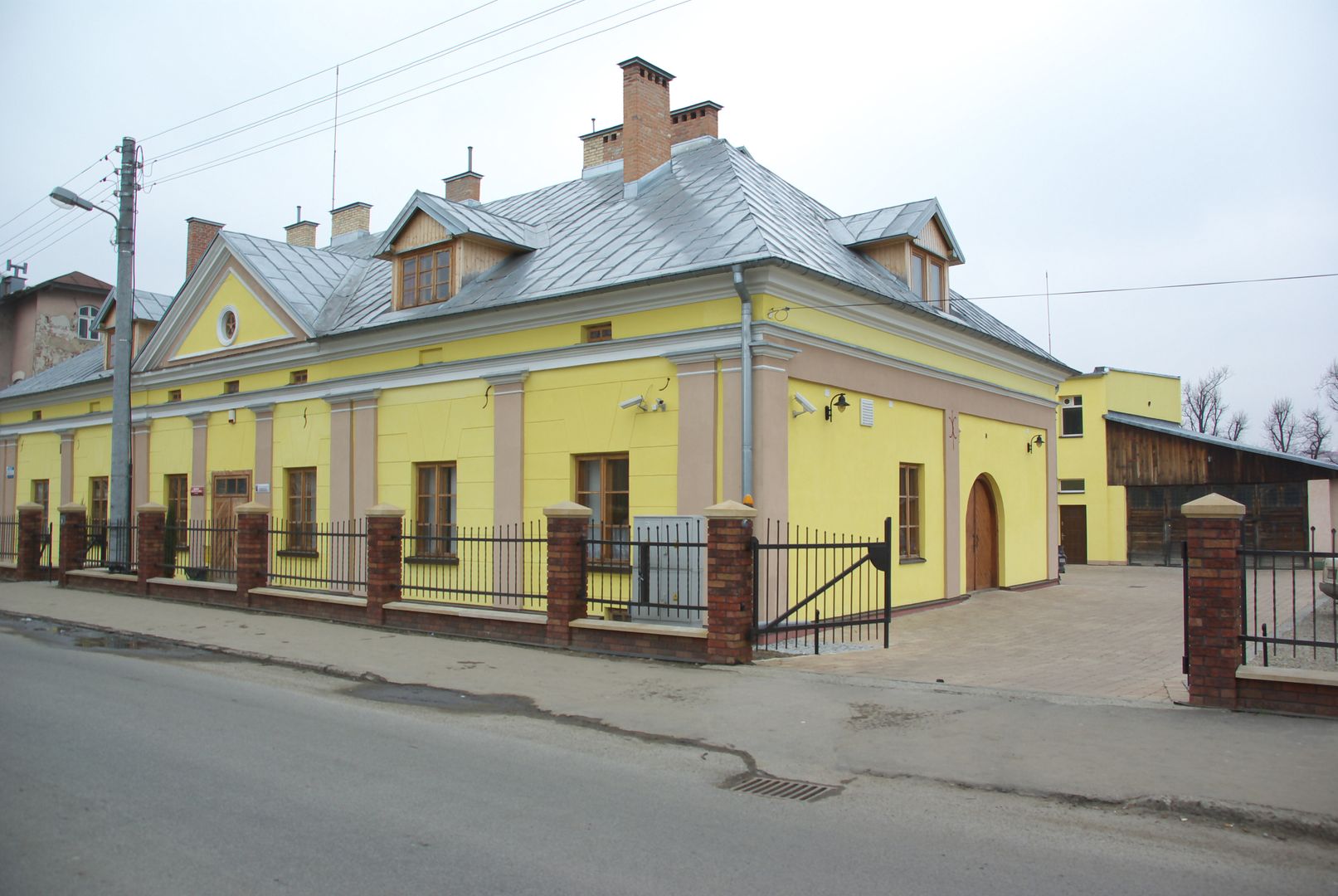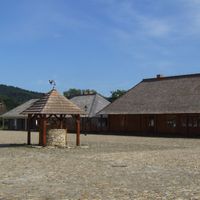The Museum of Folk Architecture in Sanok
8.21

Overview
The Museum of Folk Architecture in Sanok, the largest ethnographic museum in Poland, was established after World War II on the initiative of Jerzy Tur and Aleksander Rybicki. The museum, open year-round, is located on Biała Góra and covers an area of 38 hectares. Its aim is to showcase the folk culture of various ethnographic groups, such as the Pogórzanie, Bojkowie, Łemkowie, and Zamieszańcy, from the Carpathian region. As the first post-war ethnographic museum, it gained the status of an independent administrative and scientific institution in the 1970s and introduced a skansen (open-air museum) statute, which served as a model for other institutions in Poland. The museum features over 100 wooden structures, including churches, residential buildings, and industrial structures, reflecting the region's characteristic architectural styles. A particular highlight is the Gallery of Carpathian Icons, one of the largest of its kind in the country. The museum also houses an archaeological department and an experimental wood conservation station. The park is divided into ethnographic sectors, showcasing the architectural diversity associated with specific ethnic groups and local building traditions. The sectors dedicated to the Pogórzanie, Łemkowie, and Bojkowie display typical building layouts for these groups. Another interesting feature is the oil industry sector, which highlights the rich tradition of oil mining in the Podkarpacie region. The museum organizes folk culture festivals and has served as a filming location for movies, further enriching its cultural offerings. It has received numerous awards and honors and has played a significant role in preserving the cultural heritage of the region.
Location
You can also find here:
2025 Wizytor | All Rights Reserved
